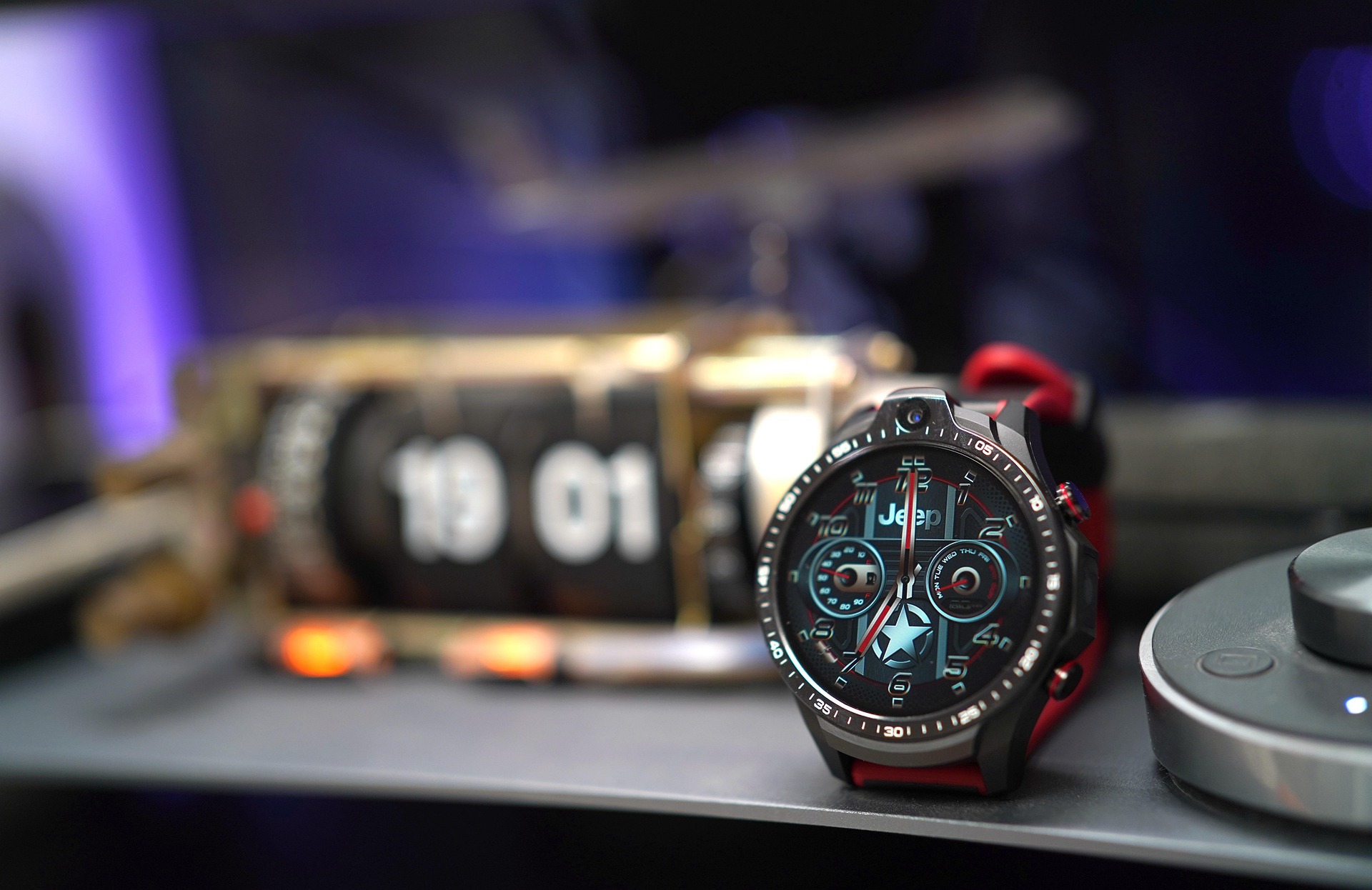The greatest challenge in creating hybrid luxury watches lies in seamlessly integrating technology without compromising the aesthetic principles that define high-end horology. Successful designs achieve a delicate balance—offering modern functionality while maintaining the timeless appeal that makes mechanical watches objects of desire.
Material Innovation
Luxury watch brands are incorporating advanced materials that serve both aesthetic and functional purposes. Titanium and ceramic cases provide durability while remaining lightweight. Sapphire crystal continues to be the standard for its scratch resistance, with some brands developing curved sapphire that accommodates touch functionality.
Perhaps the most exciting development is in the realm of "smart" materials. Brands are experimenting with materials that can change color or texture on command, or that incorporate micro-LEDs directly into traditional watch components. These innovations allow for dynamic displays while maintaining a classic appearance when not activated.
Display Technology
Unlike the always-on digital displays of mainstream smartwatches, luxury hybrids employ more subtle approaches to information display. Some use traditional hands that can be reconfigured to show different data. Others incorporate small secondary displays or use electrochromic technology that can make certain elements appear or disappear as needed.
The most sophisticated implementations use under-dial technology, where a traditional-looking dial actually contains a hidden display that becomes visible only when activated. This approach preserves the watch's classic appearance while providing smart functionality on demand.
Movement Architecture
The integration of electronic components with mechanical movements presents significant engineering challenges. Luxury brands have developed innovative solutions, such as modular designs where smart components can be added to traditional movements, or completely new hybrid calibers that combine mechanical timekeeping with electronic functionality.
These developments represent some of the most exciting horological innovations in decades, pushing the boundaries of what's possible in watchmaking while respecting its traditions.

